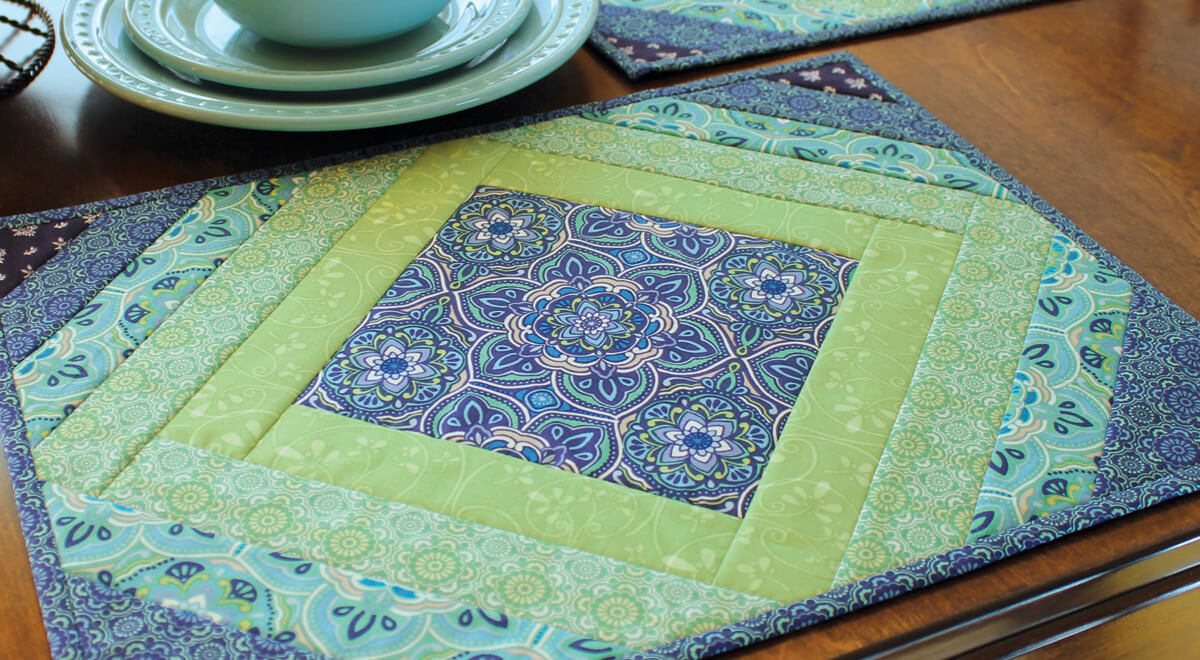Unique Art Fundamentals Explained
Unique Art Fundamentals Explained
Blog Article
Not known Details About Unique Art
Table of ContentsThe Ultimate Guide To Unique ArtUnique Art Fundamentals ExplainedThe Ultimate Guide To Unique ArtUnique Art - Questions
While one might dispute which art form holds precedence, the truth continues to be that each of these seven types provides an one-of-a-kind home window right into human background, culture, and development. They are the tapestries that chronicle our trip, reminding us of our past while inspiring visions for the future.Excellent artwork narrates, makes individuals look two times, and creates a special experience that can't be matched. Art and illustrations connect every one of that with color, shape and various other design aspects. Discover exactly how to make your unique art work stand apart from the crowd.

8 TRIA GIOVANEqual parts grand and laidback, this entrance hall developed by Anthony Baratta is the best blueprint to comply with if you're embellishing an official entry that still feels unfussy and comfy. Patterned textiles take spotlight (see the carpets and the couch), but they additionally help bring the high ceilings down to a human scale when hung over wallpaper.
Some Ideas on Unique Art You Need To Know
18 Heidi Caillier DesignA gallery wall doesn't need to take up the whole room. Sometimes a tiny one can make a bigger design declaration. In this living space, Hiedi Caillier opted for micro-mini frameworks and an arbitrary structure.
, the expression of ideas and emotions, with the creation of specific visual qualities, in a two-dimensional aesthetic language. The aspects of this languageits shapes, lines, colours, tones, and texturesare used in various methods to create feelings of quantity, space, activity, and light on a flat surface. These aspects are combined right into meaningful patterns in order to stand for real or supernatural sensations, to interpret a narrative style, or to create completely abstract visual relationships.
Later on the idea of the "great artist" created in Asia and Renaissance Europe. Throughout the 19th century painters in Western cultures started to shed their social placement and safe and secure patronage.
What Does Unique Art Mean?
Others made an income via touring exhibitions of their job. The demand to attract an industry had actually changed the comparable (if much less impersonal) demands of patronage, and its result on the art itself was most likely comparable as well. Normally, artists in the 20th century can get to a target market just through industrial galleries and public museums, although their work might have been periodically replicated in art regulars.

Don't duplicate the style of various other musicians if you're looking for your style. Copying other individuals's artwork can be wonderful in educational functions however it will certainly not make you closer to locating your own one-of-a-kind style. Your artistic style has to be, what you like and what influences you.
I would think about your own style as a design you repaint in normally, when you allow go of all thoughts and rules and simply concentrate on painting, not thinking about it. Unique Art. The design needs to come normally to you when you are relaxed and you can not compel it or it will not be your own design, just somebody else's
The Basic Principles Of Unique Art

With time you'll have the ability to arrange every one of them right into your preferred and least preferred classifications. Try to focus your interest on the subjects and mediums that you like and prior to you see it coming you'll have your own individual and distinct style, like nobody else have! In the end you'll my latest blog post have a couple of preferred subjects to paint and maybe a couple of favorite mediums.
The design has to establish itself over time with a great deal of practice and experiments - Unique Art. Thank you for reading this post and if you have any kind of inquiries leave them in the comments below, I would certainly enjoy to answer these
Report this page